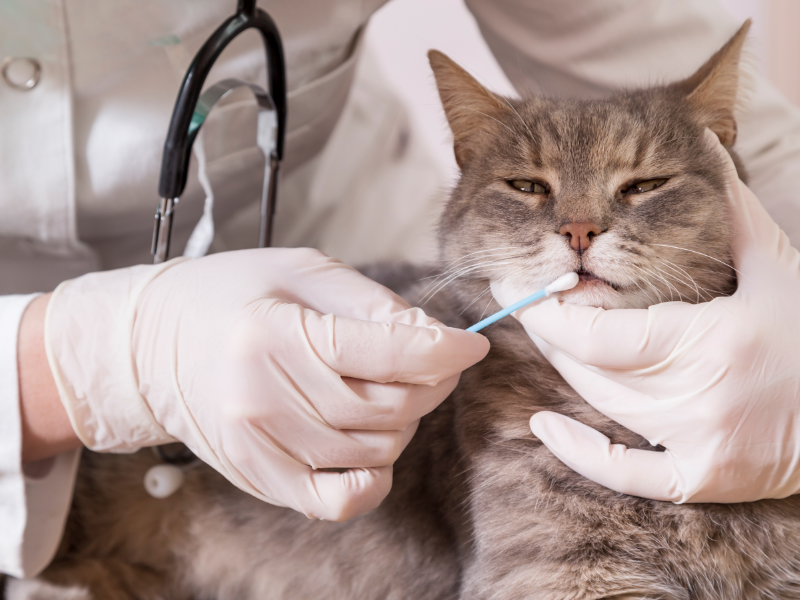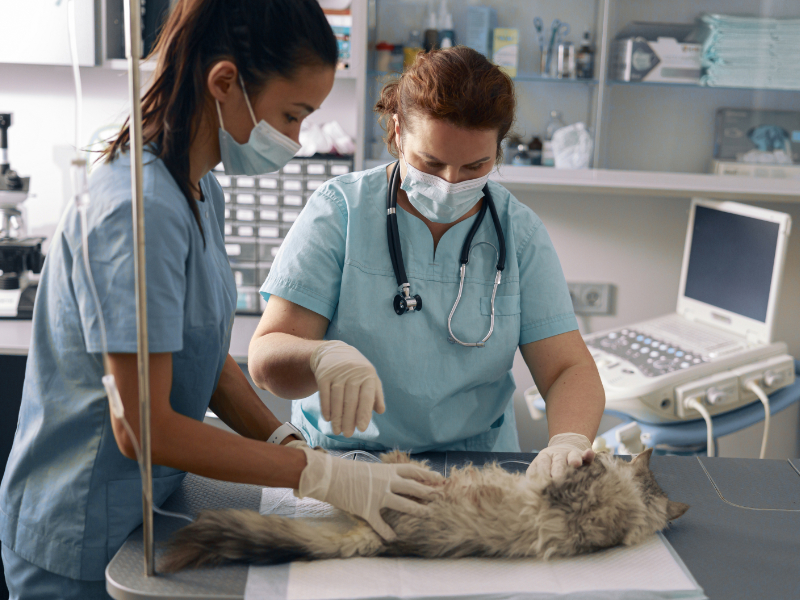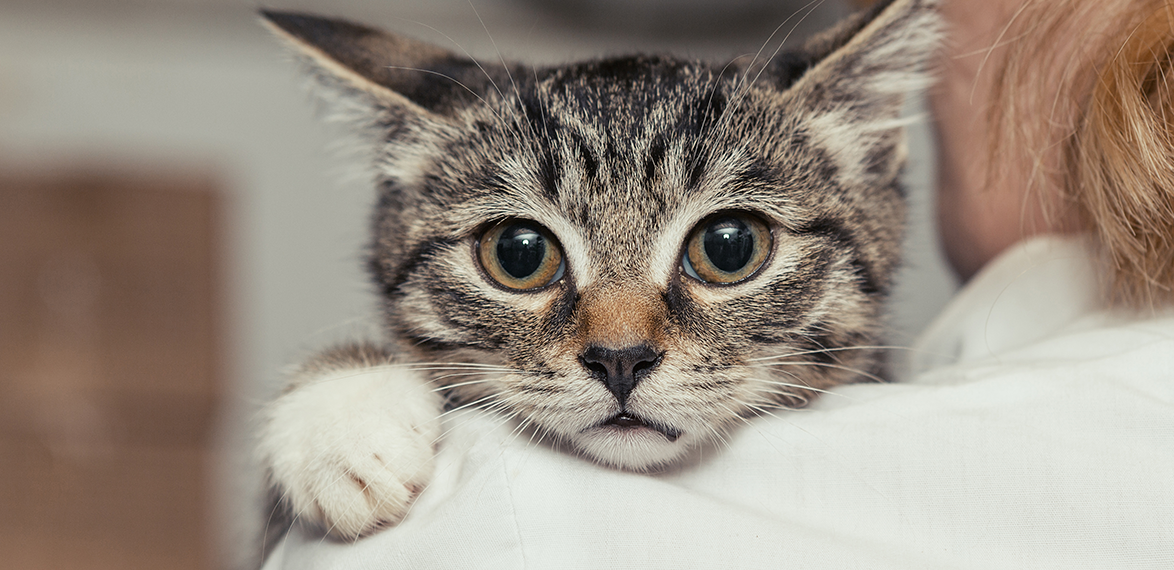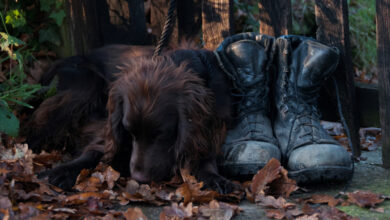Critters & Creatures
Know the Signs and Symptoms of Feline Mouth Cancer
 Despite our best efforts to keep our dear critters and creatures safe and healthy, the unimaginable is possible at any time: cancer.
Despite our best efforts to keep our dear critters and creatures safe and healthy, the unimaginable is possible at any time: cancer.
Out of the cancers that can occur in our pets, oral cancer is one of the most common, and for dogs is in fact considered the fourth most common type of cancer.
Although in some cases oral cancer can reoccur, staying well-informed and knowing the signs can help ensure you catch it early and ensure a good quality of life for your pet.
Unfortunately, science has yet to determine the cause of oral cancer in dogs and cats. Unlike in humans, for whom oral cancer is linked to tobacco use or certain strains of the Human Papilloma Virus, there is no direct link between viruses or environmental factors in causing oral cancer for pets. Some studies have suggested that secondhand smoking can contribute to oral cancer for cats, but it is not definitive.

Tumours Caused by 3 Types of Cancer
What veterinarians do know is that oral tumours are caused by one of three types of cancers: squamous cell carcinoma, malignant melanoma, or fibrosarcoma.
Since there is no definable cause, unfortunately, there is little that veterinarians can advise for preventing this type of cancer.
“Since we don’t really have causes, we don’t really say do this or do that. That’s why we’re sort of out of luck on that one,” said Dr. Paul Woods, Professor of Oncology at the Ontario Veterinary College at the University of Guelph.
So, the most important thing pet owners can do is be well aware of the symptoms so that an early diagnosis can be made.
“The challenge we would have would be getting an early diagnosis. So, getting the disease while it’s local, before it spreads,” commented Woods.
Some of the most common symptoms include lumps and bumps in the mouth, issues with salivating, swelling in the mouth, trouble eating, dropping food from the mouth, bleeding from the mouth or nose, facial deformities, pain, and halitosis. For cats, pet owners should look out if their cat is losing weight or is having difficulty grooming.

Challenge with Cats
“The challenge with cats is that they can be finicky eaters. So, unfortunately, a mass in the mouth can put them right off food and cause all sorts of problems,” noted Woods.
If you feel like your pet checks off several of the common symptoms of oral cancer. schedule an immediate appointment with your veterinarian. The veterinarian will give your pet an oral exam and can check to see if the mass is just an infection and can be drained. If it is cancer, a biopsy will be done to determine the type of cancer and further procedures may be necessary to determine whether cancer has spread.
“Just like in people, by the time we catch cancer, in general, by the time we even see a small thing, it’s had a lot of time to get fairly aggressive,” said Woods.
But there’s no reason to despair as veterinarians will do their best to remove cancer completely and ensure your pet continues to have a good quality of life.
If the cancer is determined to be squamous cell carcinoma or fibrosarcoma, it will generally mean the cancer is localized, and radiation, surgery, or a combination will be used to eliminate the cancerous cells. However, the surgery can be quite aggressive, in order to ensure cancer does not reoccur.

Focus on Treatments and Therapies
“One of the problems I have with both squamous cell carcinoma and fibrosarcoma is that they’re infiltrative, meaning that we need to get a wide margin to get all cancer out and leave no cancer behind so that it won’t reoccur,” explained Woods.
The surgery entails removing part of the jaw.
However, if a dog is diagnosed with malignant melanoma, chances are cancer could have spread to other parts of the body. In this case, radiation might be used to control cancer locally and use whatever other means are necessary to stop it from spreading throughout the body.
The prognosis of oral cancer depends on the type of cancer and how aggressive it will become. After surgery and radiation, if the cancer was caught before it metastasized, dogs can have a fairly good quality of life, and with a good treatment plan, cancer might not reoccur for one to three years.
For cats, however, the prognosis is not as good, as oral cancer is far more aggressive and the chances are high that it will reoccur within eight to twelve months.
According to Woods, the best option for pet owners is to focus on treatments and therapies that provide a good quality of life for their pets.
“My suggestion would be getting a diagnosis, and that’s often needing a biopsy, but also finding all the different therapies available, all that try for a good quality of life. So, what’s great for these cats and dogs is when they have a good quality of life they’re eating well, and they’re back to doing everything.
Unfortunately, a number of them do reoccur, but with that quality of life a dog and cat, if you know they have cancer, we usually can do quite well with them,” said Woods.










